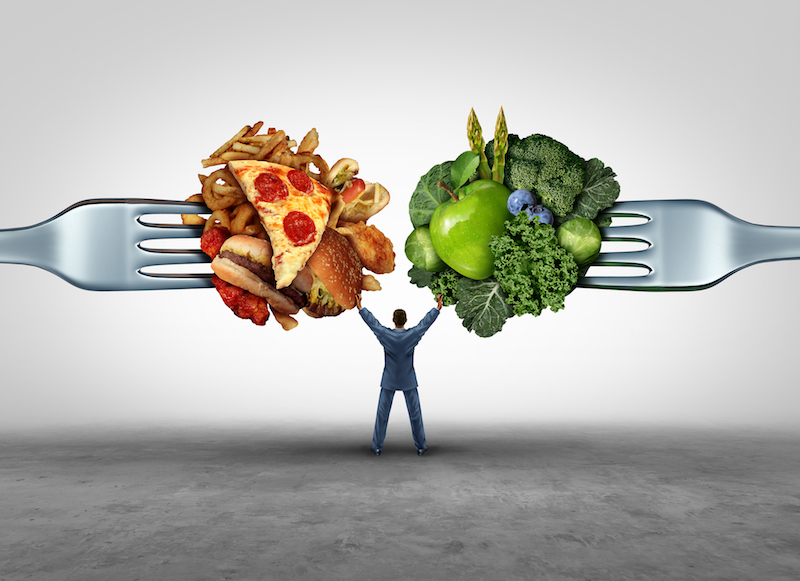You choose a delicious sandwich spread from the shelf in the supermarket and you put it down immediately because you see those scary words – cholesterol. LDL cholesterol is what gives cholesterol such a bad rep and it is the cholesterol that your doctor warns you about. It contributes to plaque, a thick, hard deposit that can your clog arteries and make them less flexible. This condition is known as atherosclerosis. If a clot forms and blocks a narrowed artery, a heart attack or stroke can result.
Want advice on your cholesterol levels? Ask a Doctor on the Hello Doctor app today
A section of plaque can break open, causing a blood clot to form: this can suddenly and dramatically block blood flow to a vital organ.
Blood clots can also break free and travel in the body to cause blockages elsewhere. A heart attack occurs if blood flow to part of your heart muscle suddenly becomes blocked. If you don’t have emergency treatment to quickly get the blood flowing again, the section of heart muscle that’s been starved of oxygen-rich blood can die.
Another so-called cholesterol bad guy called triglyceride is a type of fat found in your blood, which your body uses for energy. Combining high levels of triglycerides with low HDL cholesterol or high LDL cholesterol, may increase your risk for heart attack and stroke.
Cholesterol serves three main purposes:
- Helps in the production of sex hormones.
- Is a building block for human tissues.
- Assists in bile production in your liver.
HDL cholesterol is considered “good” cholesterol because it helps remove LDL cholesterol (bad cholesterol) from your arteries. It acts as a cholesterol scavenger, drawing excess cholesterol into your blood and taking it back to your liver where it’s broken down.
The higher your HDL level, the less “bad” cholesterol you’ll have in your blood. A healthy level of HDL cholesterol may also protect against heart attack and stroke, while low levels of HDL cholesterol have been shown to increase the risk of heart disease.
Up your good cholesterol
Swap spreads
Use trans-fat-free margarine, like Flora margarine to lower your LDL cholesterol.
Something fishy
Include healthy portions of fatty fish, olive oil and other heart-healthy sources of fat in your diet. These fats can increase your HDL and lower the inflammatory impact of LDL cholesterol on your body.
Go nuts
At least 10 to 15 nuts a day has been proven to increase HDL levels by at least eight percent. Chocolate covered nuts are even better as chocolate activates genes that increase HDL production. In moderation, though!
Sugar low
The more calories that come from added sugar, the lower your HDL levels will be. Cut back on sugary foods like sweets and fizzy drinks.
Drop a few kilos
One of the benefits of exercise could be weight loss. Reducing your weight can help raise your HDL and lower your LDL cholesterol levels.
Good to know
- To reach a higher level of HDL, reduce your sources of Omega-6 fats, mainly from processed vegetable seed oils, but also from an excess of nuts.
- Eat fish a few times a week to increase Omega-3 fatty acid intake.
- Saturated fats like coconut oil and butter can also raise HDL.
- Read beyond the “low-fat” label. Check the serving size to get info on extra fat (and calories) if you eat more than one serving.
- Fibre is great for keeping bad cholesterol at bay, so start your day with a bowl of oatmeal or bran cereal with added fruit.
References:

